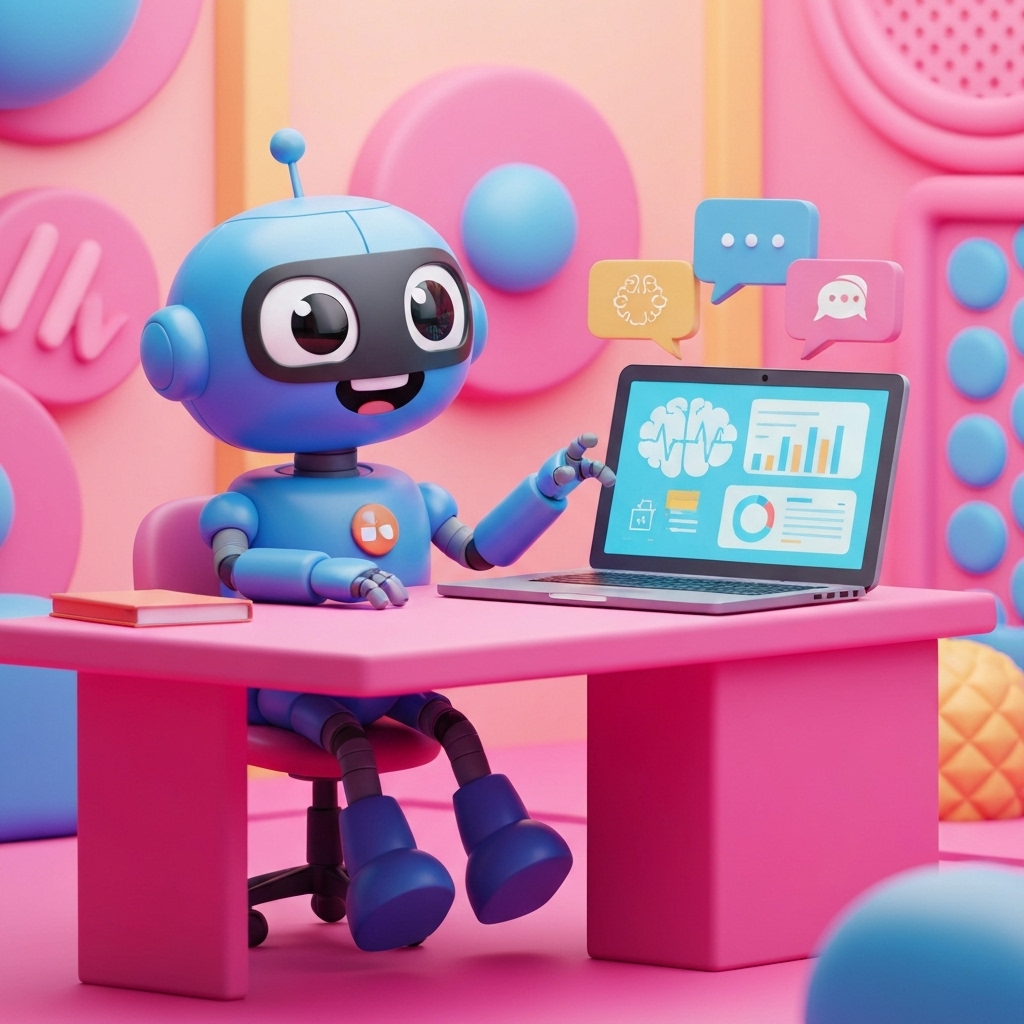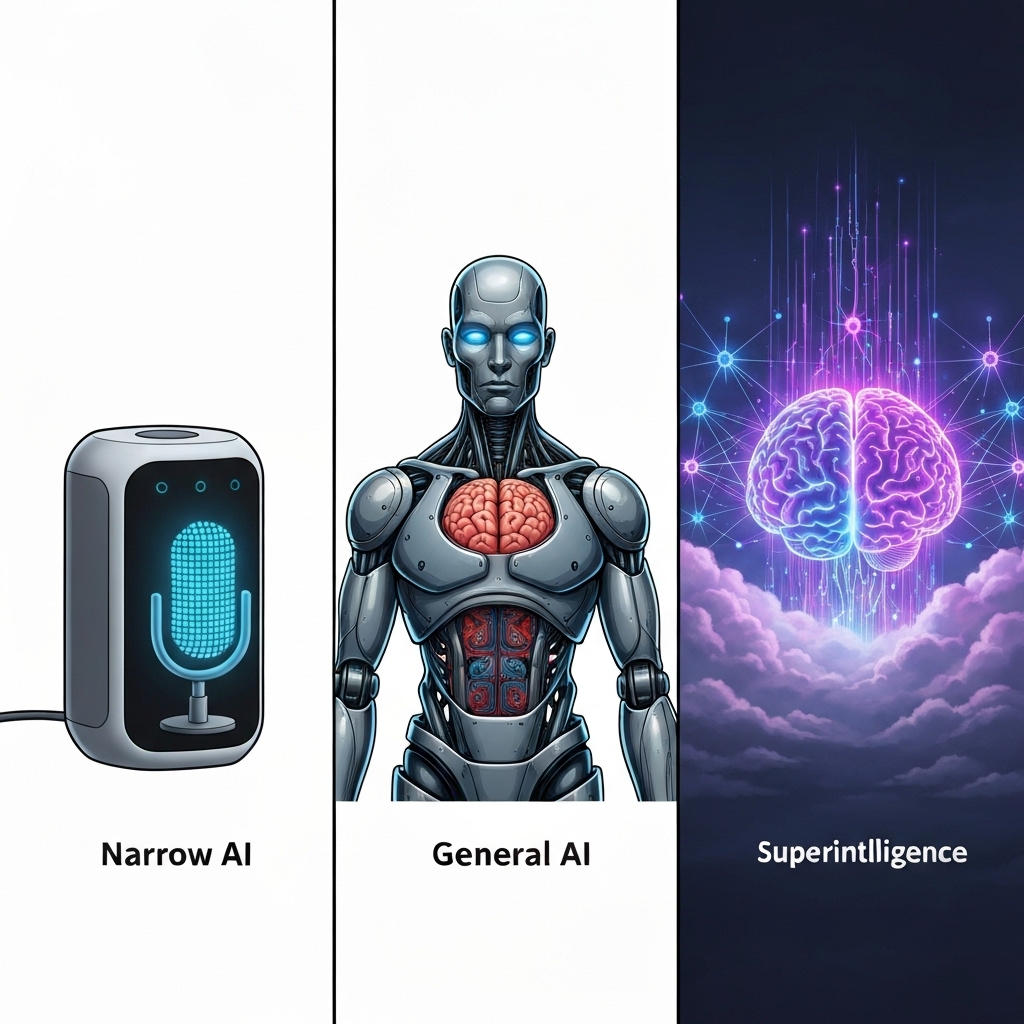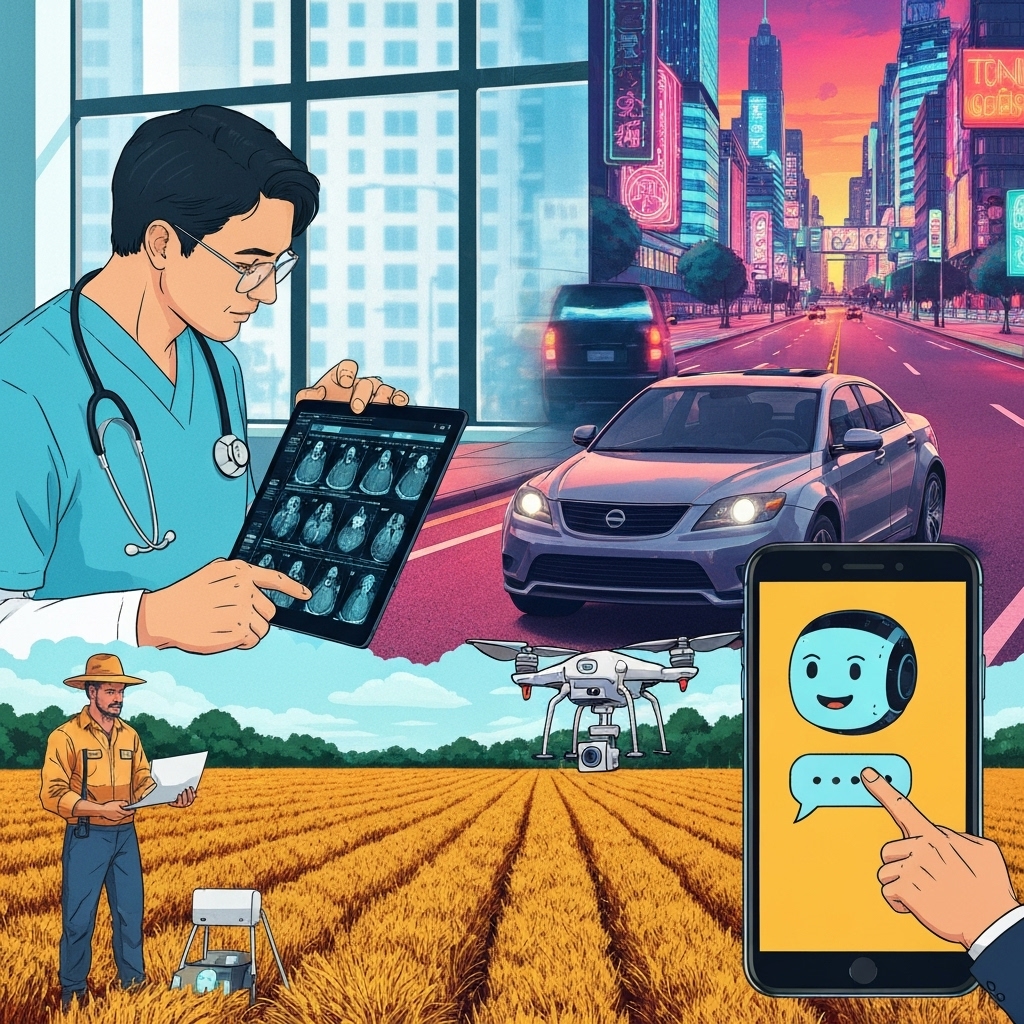What Is Artificial Intelligence for Beginners: A Simple, Friendly Guide
What Is Artificial Intelligence for Beginners: A Simple, Friendly Guide
Artificial Intelligence (AI) refers to computer systems designed to perform tasks that typically require human intelligence. These tasks include understanding natural language, recognizing patterns, solving problems, and making decisions. While AI may seem complex, it's already embedded in many tools we use daily. For example, when you ask Siri for the weather or receive personalized recommendations on Netflix, you're interacting with AI algorithms that learn from your behavior to improve over time.
At its core, AI relies on data and algorithms to simulate intelligent behavior. Machine learning, a subset of AI, enables systems to improve through experience without being explicitly programmed. Platforms like YouTube use machine learning to analyze billions of user interactions and deliver content tailored to individual preferences. This ability to adapt and predict makes AI incredibly powerful across various industries, from healthcare to finance.
Understanding AI doesn’t require a technical background. In fact, many online resources make it easy to grasp the basics. Organizations like IBM and Google AI offer accessible explanations and interactive tools that demonstrate how AI functions in real-world applications. As AI continues to evolve, having a foundational understanding helps individuals navigate a world increasingly shaped by intelligent technologies.
What makes AI especially impactful is its potential to solve complex problems at scale. From detecting diseases in medical imaging to optimizing energy usage in smart homes, AI is transforming how we live and work. However, as its influence grows, so does the importance of using it responsibly. Ethical considerations, such as bias in algorithms and data privacy, are critical topics being addressed by researchers and policymakers worldwide.
What Exactly Is Artificial Intelligence?
Artificial Intelligence (AI) enables machines and software to simulate human cognitive functions such as learning, reasoning, and problem-solving. Rather than relying solely on predefined instructions, AI systems use algorithms and large datasets to identify patterns and make informed decisions. This adaptability allows AI to improve performance over time, a capability known as machine learning. For instance, recommendation systems used by platforms like Netflix analyze user behavior to suggest relevant content, continuously refining suggestions based on new interactions.
Natural language processing (NLP) is another key area of AI, allowing computers to understand, interpret, and generate human language. Technologies like virtual assistants—such as Apple’s Siri or Amazon’s Alexa—rely on NLP to respond to voice commands and perform tasks. These systems learn from vast amounts of conversational data to better understand context and nuance. The progress in NLP has also enabled advancements in real-time translation services, exemplified by tools like Google Translate, which leverage deep learning models to improve accuracy.
AI’s ability to recognize complex patterns extends to fields such as healthcare and finance. In medicine, AI-powered imaging tools assist radiologists by detecting anomalies in X-rays or MRIs with high precision. According to research published by Nature, some AI models now match or exceed human experts in diagnosing conditions like certain cancers. Similarly, financial institutions use AI for fraud detection by analyzing transaction patterns and flagging unusual activities in real time.
Unlike traditional software that operates within fixed parameters, AI systems evolve through exposure to new data. This characteristic makes them particularly effective in dynamic environments where conditions change frequently. However, this adaptability also raises concerns about transparency and bias, prompting ongoing research into ethical AI practices. Organizations like the Partnership on AI work to establish guidelines ensuring that AI development remains fair, accountable, and beneficial to society.

How Does AI Learn? Meet Machine Learning
Machine learning is the driving force behind many of today's artificial intelligence breakthroughs. Unlike traditional software that follows rigid, pre-defined rules, machine learning models improve their performance by identifying patterns in vast datasets. This ability to "learn" from experience makes them highly effective for tasks like image recognition, language processing, and predictive analytics. By adjusting their internal parameters based on feedback, these systems become more accurate over time without explicit programming for every scenario.
A common example is training an AI to recognize cats in images. Instead of coding specific features like whiskers or pointy ears, developers feed the model thousands or even millions of labeled images—some with cats, some without. The model analyzes pixel patterns and gradually learns which visual features correlate with the presence of a cat. This process relies heavily on neural networks, computational structures inspired by the human brain, which excel at detecting hierarchical patterns in data. Over time, the model can generalize its knowledge to identify cats in new, unseen photos with impressive accuracy.
The success of machine learning depends not only on algorithms but also on data quality and computational power. Large, diverse datasets help prevent biases and ensure robust performance across different contexts. Tech companies and research institutions often leverage cloud computing platforms to train complex models efficiently. For those interested in exploring further, resources from authoritative sources like Nature Machine Intelligence and tutorials on Google’s Machine Learning Crash Course provide deeper insights into how these systems work and evolve.
Types of AI: Narrow, General, and Superintelligence
Current artificial intelligence systems fall under the category of "narrow AI," meaning they are designed to perform specific, well-defined tasks with high efficiency. Examples include facial recognition software used in security systems, recommendation algorithms powering platforms like Netflix or Amazon, and AI that masters complex games such as chess or Go. These systems excel within their designated domains but lack the ability to generalize knowledge or adapt to entirely new challenges without extensive retraining. Narrow AI represents the practical and widespread applications of machine learning and deep learning techniques available today.
In contrast, Artificial General Intelligence (AGI) refers to a hypothetical form of AI that possesses human-like cognitive abilities, enabling it to understand, learn, and apply knowledge across a broad range of disciplines. Unlike narrow AI, AGI would be capable of reasoning, problem-solving, and adapting to unfamiliar situations just as a human can. Despite significant advances in AI research, true AGI has not been achieved and remains a long-term goal for scientists and engineers. Organizations like OpenAI and DeepMind are actively exploring pathways toward more generalized learning, but substantial theoretical and technical hurdles remain. For more information on current AI capabilities, visit Nature's coverage on AI development.
Beyond AGI lies the concept of superintelligence — a theoretical form of AI that would surpass human intellectual capabilities in virtually every field, including creativity, strategic planning, and scientific innovation. While this idea is often explored in science fiction and futurist discussions, it remains speculative and raises profound ethical and existential questions. Experts such as Nick Bostrom have examined the potential risks and societal impacts of superintelligent systems in works like Superintelligence: Paths, Dangers, Strategies. The debate continues among researchers about how—or even whether—such systems should ever be developed. For an overview of these ethical considerations, see resources from the Future of Life Institute.

Real-World Uses of AI You Might Not Notice
Artificial intelligence (AI) has become an integral part of modern technology, enhancing efficiency across various industries. In healthcare, AI-powered systems analyze medical data to assist doctors in diagnosing conditions such as cancer and heart disease with greater accuracy. These tools can process vast amounts of imaging data faster than human practitioners, enabling earlier detection and treatment. For example, the American Cancer Society highlights how machine learning algorithms are being used to interpret mammograms and identify early signs of breast cancer (cancer.org).
In transportation, AI is the driving force behind autonomous vehicles, allowing them to perceive their surroundings, make decisions, and navigate safely. Companies like Tesla and Waymo use deep learning models trained on millions of miles of driving data to improve vehicle responsiveness and safety. Beyond cars, AI also optimizes traffic flow in smart cities, reducing congestion and emissions. The U.S. Department of Transportation explores how AI integration in infrastructure can lead to safer and more efficient transportation networks (transportation.gov).
Daily digital experiences are also shaped by AI, from email platforms that filter spam to personalized content recommendations. Gmail, for instance, uses AI to block over 99.9% of spam and phishing emails, protecting users’ inboxes and personal information. In agriculture, farmers leverage AI-driven drones and sensors to monitor crop health, soil conditions, and weather patterns, leading to better yields and sustainable practices. According to the Food and Agriculture Organization, these technologies are key to meeting future food demands (fao.org).
Customer service has been transformed by AI-powered chatbots that provide instant responses to user inquiries, available 24/7 without delays. These virtual assistants, used by banks, retailers, and tech companies, understand natural language and learn from interactions to improve over time. Platforms like IBM Watson demonstrate how AI can handle complex customer support tasks while freeing human agents for more nuanced issues (ibm.com/watson). As AI continues to evolve, its applications will expand, making technology more responsive and adaptive to human needs.

Conclusion: AI Is Here to Help, Not Replace
Artificial Intelligence (AI) is often misunderstood as a futuristic concept involving humanoid robots, but in reality, it's already deeply integrated into our daily lives. From voice assistants like Siri and Alexa to recommendation systems on Netflix and Amazon, AI works behind the scenes to enhance user experiences by learning from data and making intelligent decisions. These tools are designed not to replace humans, but to augment our capabilities, helping us save time, reduce errors, and improve decision-making across industries such as healthcare, finance, and transportation. Understanding the fundamentals of AI enables individuals to interact with technology more effectively and critically evaluate its role in society.
For beginners, starting with the core concepts—such as machine learning, neural networks, and natural language processing—provides a solid foundation. Machine learning, a subset of AI, allows systems to learn patterns from data without being explicitly programmed. This technology powers everything from spam filters in email to fraud detection in banking. Reputable resources like IBM's AI overview and educational platforms such as Coursera’s AI for Everyone course offer accessible introductions tailored for non-technical audiences. These tools help demystify AI and illustrate how it can be used responsibly and ethically.
As AI continues to evolve, staying informed ensures that individuals can adapt to new technologies and participate in important conversations about privacy, bias, and automation. It's essential to recognize that AI systems are only as good as the data they're trained on, and they can sometimes reflect human biases if not carefully managed. Organizations like the Partnership on AI are working to establish best practices and promote transparency in AI development. By understanding these challenges, users can advocate for fair and accountable AI systems.
The future of AI holds immense potential, from advancing medical diagnostics to enabling smarter cities and sustainable energy solutions. Taking the first step to understand AI doesn’t require a technical background—curiosity and a willingness to learn are enough. As more people become AI-literate, society as a whole becomes better equipped to harness its benefits while minimizing risks. The journey into AI begins with awareness, and now you’re on your way to becoming a more informed digital citizen.
